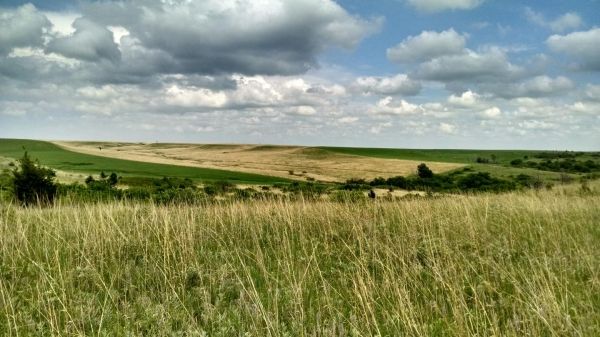Since the first Homo sapiens emerged in Africa roughly 300 million years ago, grasslands have sustained humanity and thousands of other species. But today, those grasslands are shifting beneath our feet. Global change—which includes climate change, pollution and other widespread environmental alterations—is transforming the plant species growing in them, and not always in the ways scientists expected, a new study published Monday revealed.
Grasslands make up more than 40 percent of the world's ice-free land. In addition to providing food for human-raised cattle and sheep, grasslands are home to animals found nowhere else in the wild, such as the bison of North America's prairies or the zebras and giraffes of the African savannas. Grasslands also can hold up to 30 percent of the world's carbon, making them critical allies in the fight against climate change. However, changes in the plants that comprise grasslands could put those benefits at risk.
“Is it good rangeland for cattle, or is it good at storing carbon?” said lead author Kim Komatsu, a grassland ecologist at the Smithsonian Environmental Research Center. “It really matters what the identities of the individual species are….You might have a really invaded weedy system that would not be as beneficial for these services that humans depend on.”
Read more at Smithsonian
Image: Konza Prairie Biological Station in northeastern Kansas. Humans and animals alike depend on grasslands for survival. In addition to providing land for cattle and sheep to graze, grasslands can also store up to 30 percent of the world's carbon. (Credit: Kim Komatsu, Smithsonian Environmental Research Center)


